This guide helps salon owners educate clients on preventing breakage with gentle habits and vegan haircare solutions. Learn how to build trust, recommend the right products, and position your salon as a leader in clean beauty.
Why Split Ends Are More Than Just a Cosmetic Concern
Let’s be honest—most clients think split ends are just a visual problem. A little trim and they’re good, right? But as salon professionals, we know the truth runs deeper. Split ends are a sign of long-term damage, often caused by daily habits your clients aren’t even aware of.
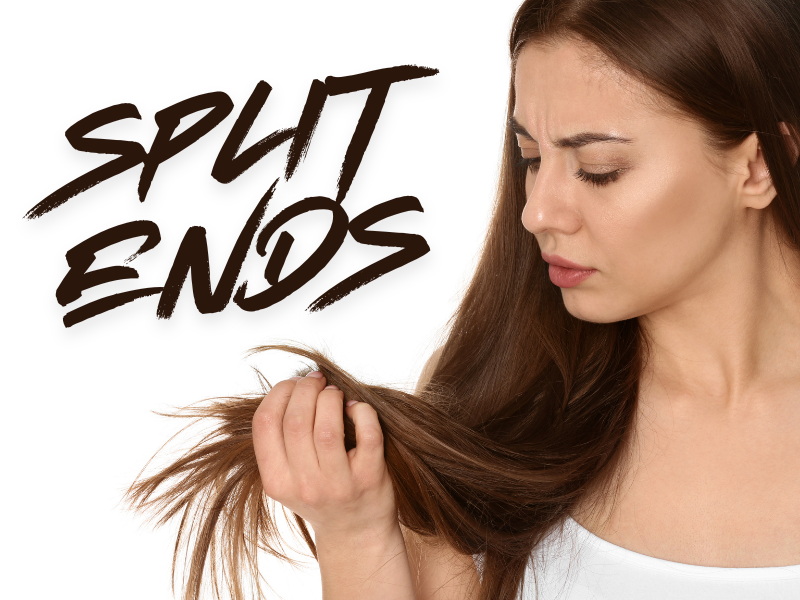
And here's the kicker: if ignored, those fragile ends can creep higher up the hair shaft, leading to breakage, dullness, and frustration. That’s why, as hair salon owners, you have the power not just to cut away the problem, but to stop it at the root. With the right education and the right products, you can shift your role from stylist to trusted hair wellness coach. This blog is your guide to doing just that—with empathy, expertise, and vegan care solutions, your clients will thank you for.
How to Tell If Your Clients Are Unknowingly Damaging Their Hair
Have you ever noticed a client whose ends are constantly frayed, no matter how often you trim them? That’s not just wear and tear—it’s often a case of “hidden habits.” Many clients unintentionally sabotage their hair health through routine choices like rough drying or frequent styling. They simply don’t know what’s happening beneath the surface.
This is where your expert eye matters. During consultations, point out signs of fragility, dullness, or uneven texture. Ask simple, caring questions about their home routine. By creating awareness gently, you open the door to transformation—and to becoming the go-to expert they trust.
The Truth About Split Ends: What Causes Them (and What Doesn’t)
Contrary to popular belief, split ends aren’t just caused by skipping trims. They're often the result of long-term stress to the hair shaft—mechanical, thermal, or chemical. Constant exposure to heat, sun, harsh shampoo, and poor nutrition all play a role in weakening hair's integrity. It's not about what clients see—it's about what’s building up under the radar.
And here’s what doesn’t cause split ends: genetics or hair type alone. Yes, some hair textures are more fragile, but damage comes from actions, not just DNA. The empowering truth? Damage is preventable and even reversible with the right education and plant-based care. That’s where your salon’s role becomes life-changing.
Top Mistakes Clients Make That Lead to Split Ends
From overwashing to using the wrong brush, most clients don’t realize they’re feeding the problem. Even well-meaning habits like brushing “for shine” or air drying with a cotton towel can fray the hair over time. These innocent acts become daily wear-and-tear, silently destroying the ends.
The solution isn’t to scare them—it’s to guide them. Show them what works and why, using kindness, not criticism. Share personal stories or client wins to make the message relatable. With your support, they’ll be ready to replace old habits with healthier ones.
How Daily Habits Worsen Split Ends Without Clients Knowing
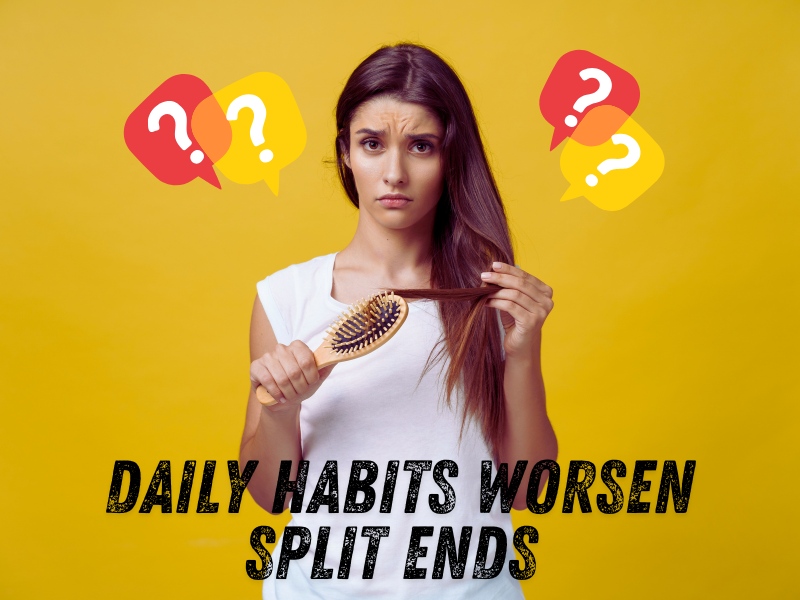
Think about how many times a day your clients touch, twist, or pull their hair. Each time adds tiny points of tension that weaken the cuticle. Over time, these micro-stresses cause fraying that no deep conditioner can undo. Split ends aren’t sudden—they’re built up gradually, silently.
The good news? Daily habits can also prevent split ends. By showing clients simple swaps—like silk pillowcases or leave-in protectants—you empower them to protect their hair every day. When they feel in control, they stick with the plan. It’s education that pays off in loyalty and results.
Why Rough Brushing and Towel-Drying Is a Split End Trigger
It seems harmless—wrapping wet hair in a towel or brushing from root to end. But wet hair is more elastic and prone to breakage. That stretch combined with friction is a recipe for splitting. Even high-end towels can cause issues if the technique is rough.
Help clients understand this in simple, caring terms. Recommend microfiber towels and wide-tooth combs. Offer a demo during their appointment so they feel confident replicating it at home. It’s small changes like this that build big trust—and better hair days.
The Damage of Heat Styling and How to Talk About It Gently
Let’s face it—heat tools are here to stay. Clients love the polished look, and telling them to quit cold turkey won’t work. But too much heat, especially without protection, leaves the hair dry, brittle, and ready to split.
Instead of a lecture, offer balance. Suggest heat-free styling days or protective serums made from vegan, plant-based oils. Show them how your in-salon treatments help rebuild what heat takes away. Your goal? Make them feel empowered, not guilty.
How Tight Hairstyles and Elastic Bands Contribute to Breakage
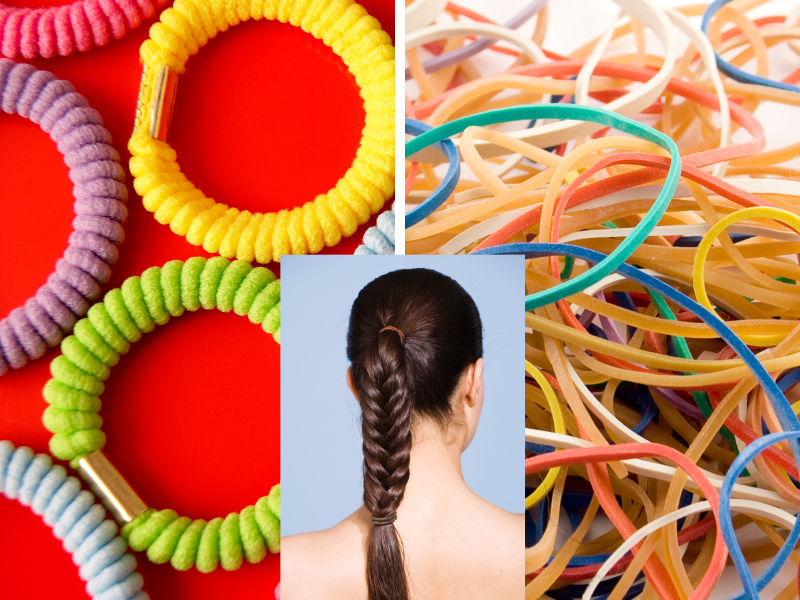
Sleek buns and tight ponytails are trendy—but they're split-end traps in disguise. When hair is pulled too tight, especially when dry, the tension causes snapping at the weakest point. And cheap elastics? They make it worse by creating friction during removal.
Encourage clients to alternate their styles and use soft, fabric-covered bands. Share visuals of hair breakage patterns from tight styles so they connect the dots. They’ll appreciate your insight—and your ability to keep their style and strands intact.
Why Overwashing and Harsh Shampoo Are Drying Out Their Ends
Clean hair is great, but too clean? That’s a problem. Many clients think more shampoo equals more shine, but frequent washing, especially with sulfates, strips the natural oils that keep ends supple. Dry ends = weak ends.
Introduce clients to vegan, sulfate-free shampoos that cleanse without damage. Teach them how to extend time between washes using scalp tonics or dry shampoos. This education helps them protect their hair, and boosts your retail sales with products that deliver.
The Sleep Routine That Might Be Ruining Their Hair Health
Nighttime is when the body heals, but the wrong sleep setup can undo it all. Cotton pillowcases, tossing, and sleeping with wet hair all create friction and tangles. By morning, clients wake up to split ends they don’t remember causing.
Teach them how to “put hair to bed” with a silk pillowcase, loose braid, and a protective oil like a vegan argan serum. It feels luxurious—and it works. When they notice the difference, they’ll become believers in better haircare rituals.
How Product Buildup and Scalp Neglect Lead to Fragile Ends
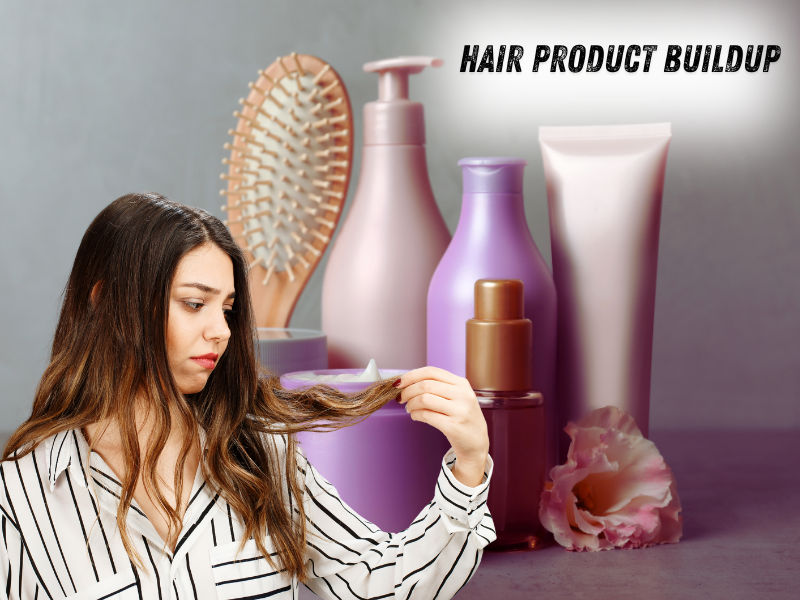
Hair health starts at the scalp, but many clients overlook it. Product buildup from heavy silicones and sprays clogs follicles, affecting growth and nourishment. This leads to thinner, weaker strands—and ends that break before they grow.
Your solution? Offer regular vegan scalp detox treatments and introduce light, clean formulas that strengthen without weighing down. Explain how a healthy scalp = healthier ends. It's a message that resonates—and reinforces your role as a holistic hair expert.
How to Gently Educate Clients Without Sounding Like You’re Selling
Nobody wants a hard sell, but everyone wants helpful advice. The key is connection. Ask questions, listen actively, and offer solutions based on their unique concerns. This turns product suggestions into personal care plans.
Use phrases like, “Here’s what’s been helping my other clients…” or “I noticed this on your ends today, and I think you’d love this.” With empathy and authenticity, your guidance becomes welcome, not salesy. And clients buy more when they feel cared for.
Using the Consultation Chair to Start a Split End Prevention Plan
Every great transformation starts with a conversation. The consultation chair isn’t just a place to discuss color—it’s your gateway to education. Use it to assess their current habits and co-create a care plan that fits their lifestyle.
Explain the long-term benefits of prevention, not just treatment. Show them your salon isn’t just about style—it’s about wellness. This approach deepens loyalty and keeps them coming back—not just for trims, but for trust.
The Power of Salon Visuals: Show, Don’t Just Tell

Words can explain—but visuals make it real. Use a split-end microscope, before-and-after pictures, or simple comparison charts. When clients see the damage and the repair, they believe it faster.
Display your vegan split-end kits at your station. Use reels and stories on social media to show how hair transforms with the right care. Let your salon be a space of inspiration, not just instruction.
Recommending the Right Vegan Haircare for Split End Prevention
Now’s the time to introduce your secret weapon: vegan haircare. Free from harsh chemicals, packed with plant proteins and oils, vegan formulas repair from the inside out. Clients notice the difference—not just in feel, but in long-term health.
Recommend options tailored to their texture, goals, and habits. When clients understand the why, they invest in the what. And your salon becomes their source of clean, conscious beauty.
The Best Plant-Based Ingredients for Strengthening Damaged Ends
Not all ingredients are created equal. Look for centella, chlorella, camellia, and rice protein to strengthen, shea butter to soften, and argan oil to seal split ends. These plant-based heroes are gentle, effective, and kind to both hair and planet.
Create an ingredient “cheat sheet” in your salon or post about it online. When clients understand what’s in their products, they feel empowered. And that empowerment keeps them loyal to your clean beauty mission.
Why Sulfate-Free and Silicone-Free Products Make a Big Difference
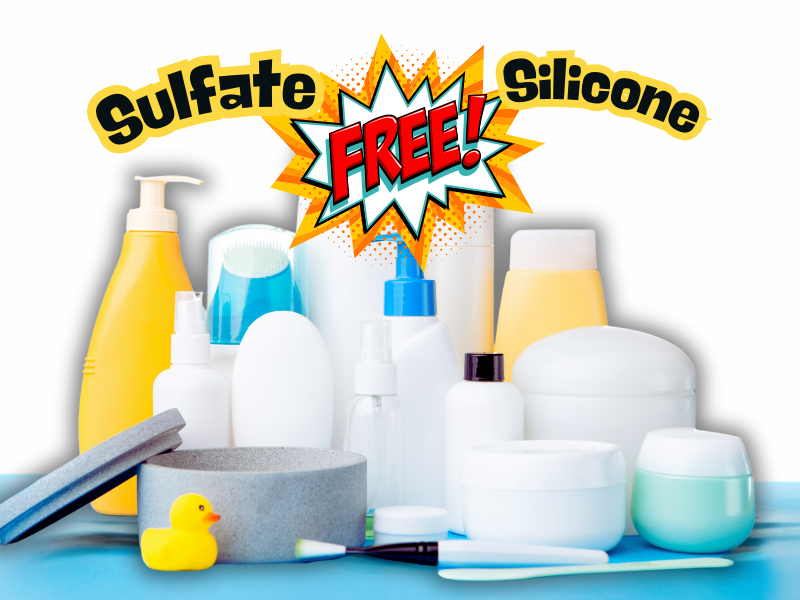
Sulfates strip. Silicones coat. Together, they create a cycle of dryness and dullness. Breaking that cycle starts with switching to sulfate- and silicone-free formulas that cleanse and hydrate naturally.
Explain how these clean formulas help preserve color, extend styles, and strengthen ends. Clients love it when a product does more with less. And when it aligns with their values? Even better.
Creating a Vegan Split End Repair Kit for At-Home Use
Bundle your top recommendations into a Vegan Split End Repair Kit—shampoo, conditioner, serum, and scalp mist. Make it feel luxurious, not overwhelming. Add instructions and a thank-you card for that personal touch.
These kits are more than products—they’re an extension of your care. Clients will think of you every time they use it. And when their hair starts to thrive, they’ll tell everyone who helped.
In-Salon Vegan Treatments That Repair and Rebuild Without Chemicals
Your salon is the best place to begin the repair. Offer vegan deep conditioning or bond-building treatments with clean ingredients. No chemicals. No fakes. Just plant-powered healing.
Explain the long-term value: fewer trims, stronger ends, happier clients. Use treatment time to educate gently. And always offer a take-home option to continue the care journey.
Positioning Your Salon as a Hair Wellness and Clean Beauty Leader

You’re not just a salon—you’re a wellness destination. Promote your clean beauty philosophy across your signage, website, and social media. Share client success stories. Show the science and the soul behind your services.
Clients crave brands they can trust. When you align your services with their values—sustainability, wellness, kindness—they become your biggest advocates. And your salon becomes unforgettable.
Teaching Clients to Read Labels and Choose Clean Ingredients
Education = empowerment. Host mini-workshops or create handouts that decode common ingredients. Focus on what to avoid—and what to look for, like coconut oil, glycerin, and panthenol.
When clients can read labels, they shop smarter. And they’ll turn to you first for guidance. It’s one more way to become their trusted source in a noisy world.
FAQs
How often should I trim to avoid split ends?
Every 6-8 weeks is ideal, depending on texture and routine.
Can split ends be repaired without cutting?
You can seal them temporarily with treatments, but cutting is the only true cure.
Are vegan hair products safe for all hair types?
Yes! They’re especially helpful for sensitive scalps and dry, damaged ends.
Is it okay to heat-style my hair if I use protection?
Yes—just don’t skip the heat protectant, and limit use to 1-2 times a week.
How can I know if a product is really clean?
Read labels, avoid sulfates/silicones, and ask your stylist for trusted brands.
Final Thoughts
You’re more than just a stylist—you’re a true artist and a healer. Each client who sits in your chair is trusting you with not only their hair but their confidence. But what if you could offer them something beyond just a style? What if you could restore, protect, and transform their hair with every treatment you do?
This isn’t just about selling products; it’s about offering a solution that your clients will thank you for. A solution that’s gentle, effective, and free from harsh chemicals—just pure, nourishing ingredients that your clients’ hair craves. The secret? These European vegan-approved, FDA-compliant products are transforming salon experiences into rejuvenating, healing moments for every client.
Curious to find out more? Want to be the salon everyone turns to for radiant, healthy hair? Sign up now and message me today, and let’s unlock the ultimate vegan haircare ritual that will set your salon apart from the rest. It’s time to turn your salon into a sanctuary for clean beauty. The clock is ticking—let's make this happen! ✨






